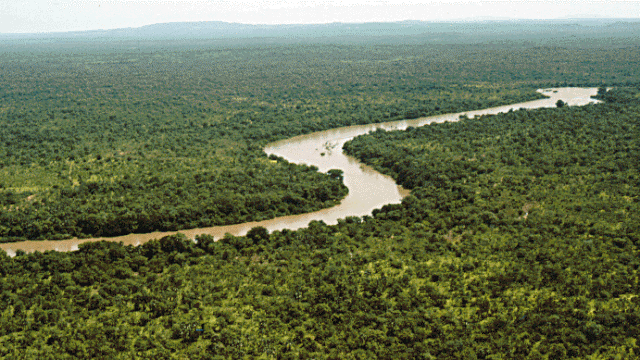The Gambia, West Africa’s smallest mainland nation, is defined by the river that shares its name. The River Gambia, winding nearly 700 miles from the Fouta Djallon highlands in Guinea to the Atlantic coast, has long been a lifeline for the communities along its banks. Today, it is also the setting for tours that reveal the complex interplay of culture, tradition, and ecology that shape Gambian life.
Travelers who take to the river encounter more than scenery. Fishing villages unfold along the shoreline, where the rhythm of daily labor mirrors the rise and fall of the water. Nets are cast, boats repaired, and markets bustle with fresh catches—practices passed down through generations. These settlements reflect a longstanding reliance on the river, not just as a source of sustenance but as a thread binding community and identity.
Cultural expression flourishes on the riverbanks as well. Traditional performances, often staged for visitors, highlight the music and dance that mark celebrations across ethnic groups. The percussive beat of the djembe drum, layered with song and movement, embodies a heritage that endures in both formal ceremonies and spontaneous gatherings. Such displays, while vibrant in their own right, also serve to preserve traditions for younger generations.
The river supports another form of artistry: craftwork. In workshops tucked away in small towns, artisans carve masks, shape wooden sculptures, or weave textiles with time-tested skill. Their work, rooted in cultural symbolism, has become both an economic necessity and a form of cultural preservation. Encounters with these craftspeople provide a rare perspective on the stories embedded within the objects themselves.
Nature plays no lesser role in the river’s appeal. Wetlands and wooded banks are habitats for crocodiles, hippos, and an astonishing variety of birdlife. The Gambia has become particularly noted for its avian diversity, drawing enthusiasts from abroad to glimpse species such as kingfishers, bee-eaters, and African fish eagles. Local guides, trained in both natural history and conservation, underscore the importance of protecting these ecosystems against the encroaching pressures of development.
River tours increasingly reflect principles of sustainable tourism. Organizers work to balance economic opportunity with ecological stewardship, promoting practices that support both communities and conservation. In doing so, the tours become more than excursions; they serve as links between visitors and local efforts to maintain the health of the river and its culture.
What emerges from the River Gambia is a narrative as fluid as the water itself: a story of survival, creativity, and resilience. To journey along its course is to witness a living record of The Gambia’s past and present, where the natural and cultural worlds meet in quiet harmony and vibrant expression alike.


